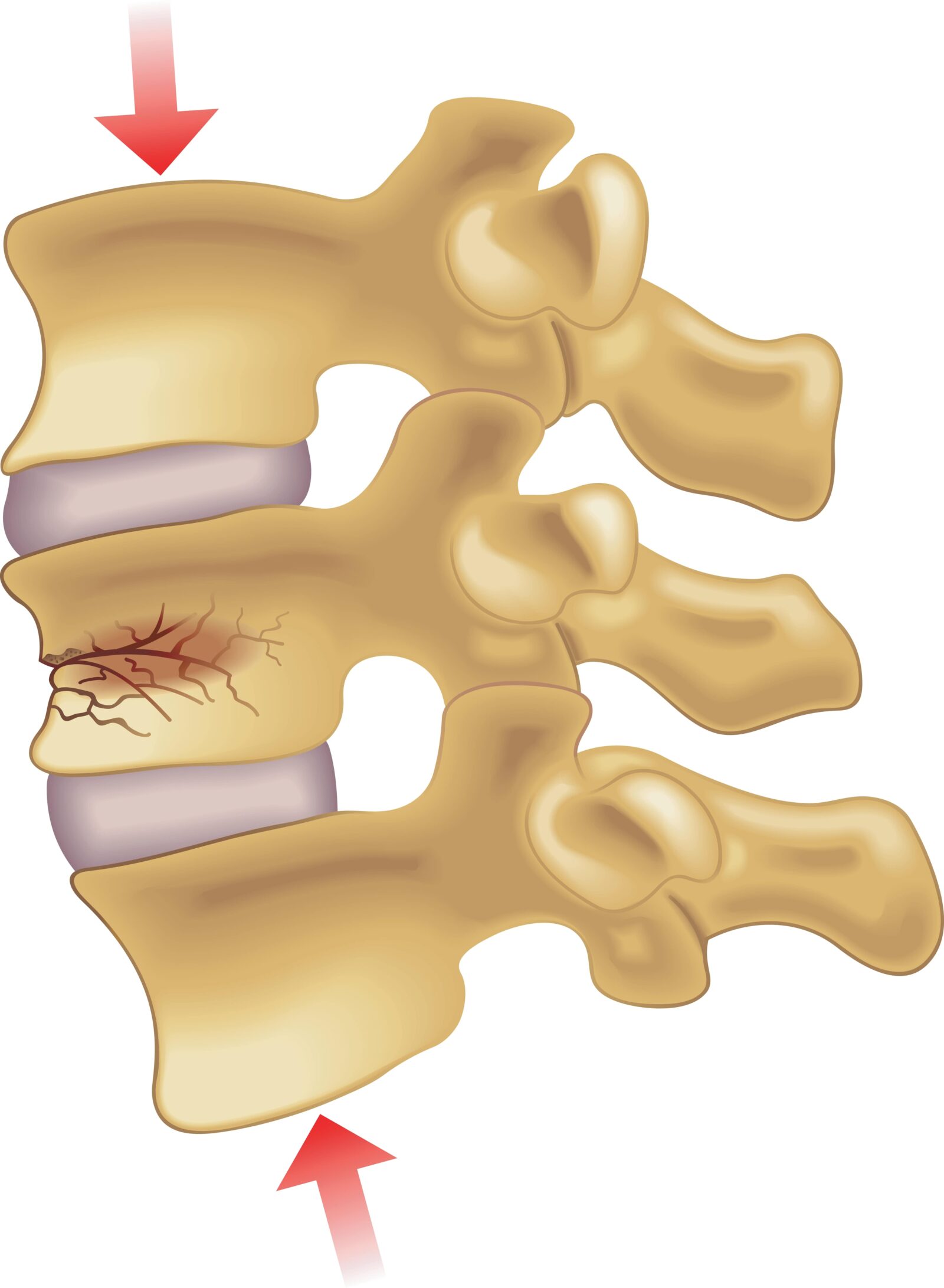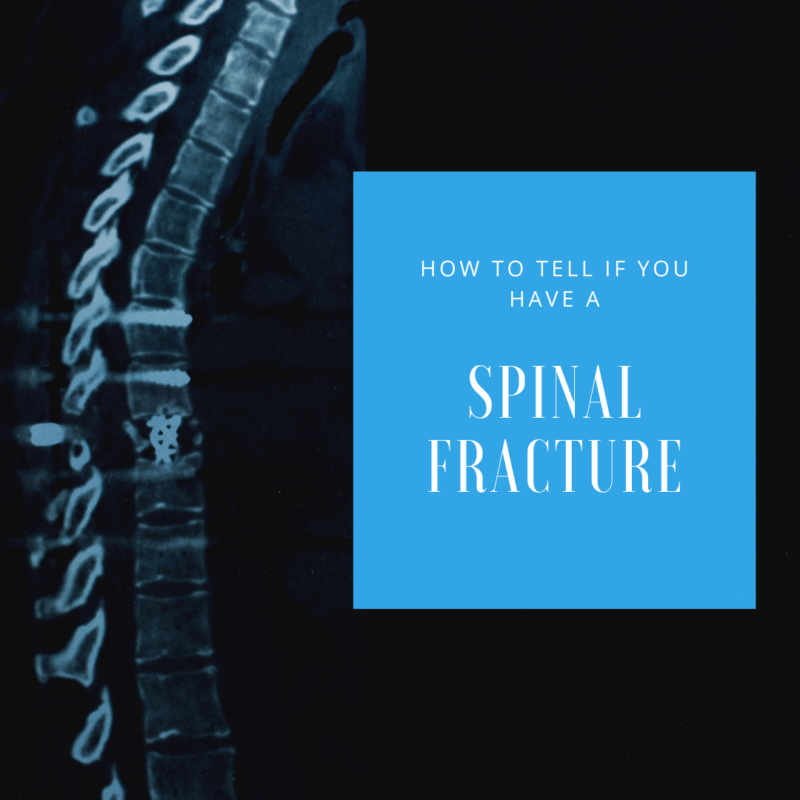If you have been in a car accident, fallen down the stairs, or experienced any other type of trauma that resulted in sudden pain in your back, you may be wondering if you have a spinal fracture. Spinal fractures are relatively common injuries, and can occur as the result of a number of different accidents or incidents. In this blog post, we will discuss the different types of spinal fractures, the symptoms of a spinal fracture, how they are diagnosed, and what treatments are available for spinal fractures.
Types of Spinal Fractures
There are a few different types of spinal fractures that can occur, including:

Compression Fracture:
The most common type of spinal fracture is a compression fracture, which occurs when the vertebrae are compressed, or squeezed together. This type of fracture can happen as the result of a fall, or osteoporosis.
Burst Fracture:
A burst fracture is another type of spinal fracture, which occurs when the vertebrae break into several pieces. This type of fracture is usually the result of a high-impact accident, such as a car accident or severe fall.
Flexion-Distraction Fracture:
A flexion-distraction fracture, also known as a chance fracture, is another type of spinal fracture, which occurs when the spine is pulled in opposite directions, causing the vertebrae to break. This type of fracture can also be the result of a fall, or other trauma to the spine.
Symptoms of a Spinal Fracture
There are a few different symptoms that may be indicative of a spinal fracture. These can include:
Pain
The most common symptom of a spinal fracture is sudden and severe pain in the back. This pain may radiate out from the site of the injury, and can worsen with standing or movement. The pain is also relieved when lying on one’s back.
Numbness or Tingling
Another common symptom of a spinal fracture is numbness or tingling in the extremities. This can happen if the spinal cord or nerves are compressed as a result of the fracture.
Weakness
Another common symptom of a spinal fracture is weakness in the extremities. This can also happen if the spinal cord or nerves are compressed as a result of the fracture. This can cause a range of disabilities.
Deformity
Another symptom of a spinal fracture is deformity in the spine. This can happen if the vertebrae are out of alignment as a result of the fracture. You may also notice a loss of height, especially if the spine has collapsed on itself.
How Are Spinal Fractures Diagnosed and Treated?
Spinal fractures are typically diagnosed with the help of imaging tests, such as X-rays, CT scans, or MRIs. Once a diagnosis has been made, treatment can vary depending on the severity of the fracture. In some cases, bed rest and pain medications may be all that is necessary to treat a spinal fracture. However, in more severe cases, surgery may be necessary to realign the vertebrae and stabilize the spine.
In Conclusion
If you have experienced a sudden and severe back pain, or any of the other symptoms listed above, it is important to see a doctor right away. While not all back pain is indicative of a spinal fracture, it is always best to err on the side of caution and get checked out by a medical professional. If you do have a spinal fracture, treatment is available and can help you to heal and recover.










